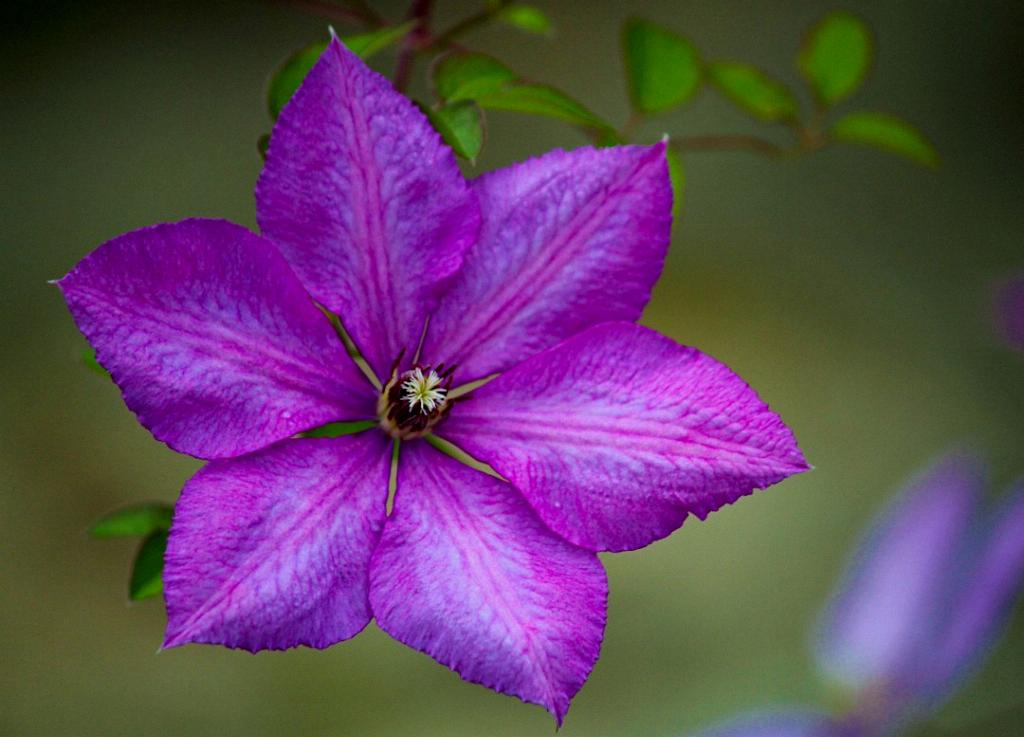When it comes to cultivating beautiful Clematis vines in your garden, one of the crucial aspects to consider is allowing them to climb. Clematis, known for its stunning blooms and vibrant colors, thrives when it can climb and spread vertically. In this article, we will delve into the essential techniques and strategies to help Clematis climb effectively, enhancing the visual appeal of your outdoor space.
Choosing the Right Support for Clematis
Support structures play a vital role in ensuring Clematis can climb and flourish. By providing a sturdy support system such as a trellis, arbor, fence, or lattice, you create a framework for the vine to grow upwards. Different types of support structures offer unique benefits, with trellises providing ample surface area for climbing, arbors adding a decorative element, and fences offering a natural backdrop. Obelisks are ideal for smaller spaces and containers, providing vertical support for Clematis to thrive.
Planting and Pruning Techniques
For Clematis to climb successfully, it is essential to pay attention to planting and pruning. Select a location with well-drained soil and adequate sunlight for optimal growth. Proper planting involves placing the vine near the support structure and ensuring the roots are well-covered. Pruning guidelines vary based on the Clematis variety, with regular maintenance essential to encourage climbing. Seasonal pruning helps control growth and promotes healthy vine development.
Encouraging Clematis Growth
Optimal growth conditions are key to helping Clematis climb effectively. Adequate sunlight is crucial, with most varieties requiring at least six hours of sunlight per day. Consistent watering, especially during the growing season, is vital to keep the vine hydrated and healthy. Fertilizing Clematis with a balanced formula in the spring enhances growth and flower production. Mulching around the base helps retain moisture and regulate soil temperature, supporting Clematis growth.
Dealing with Common Issues
Clematis vines can face challenges such as pests, diseases, and stress factors that inhibit climbing ability. Watch out for common pests like aphids and spider mites, implementing strategies like using insecticidal soap to control infestations. To prevent diseases such as powdery mildew, ensure good air circulation around the vine. Signs of stress like wilting or discoloration require prompt attention to address underlying issues and support Clematis health.
Conclusion
As you embark on the journey of cultivating Clematis in your garden, understanding how to get them to climb is essential for their growth and blooming success. By selecting the right support structures, following proper planting and pruning techniques, encouraging growth through sunlight and watering, and addressing common issues effectively, you can maintain healthy and flourishing Clematis vines that climb with grace and beauty.

